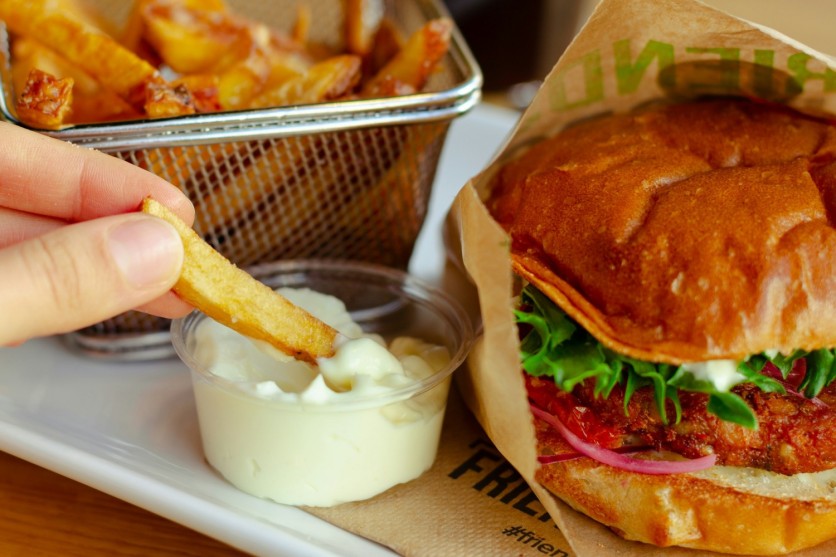The mayonnaise you put in your bread can be a key ingredient to achieve nuclear fusion. When we see mayo and this scientific reaction in one sentence, it won't make sense when we think how they are connected to one another, but a group of scientists proves they are related.
Lehigh University researchers are breaking new ground in nuclear fusion research using an unexpected material: mayonnaise. This approach aims to uncover the secrets of atomic nuclei combination, potentially leading to an unlimited, clean energy source.
Building on Previous Research

This groundbreaking study expands on earlier research from 2019, where Lehigh University scientists also utilized mayonnaise to explore the physics of fusion.
Arindam Banerjee, the Paul B. Reinhold Professor of Mechanical Engineering and Mechanics, explained the unique properties of mayonnaise.
"We use mayonnaise because it behaves like a solid, but when subjected to a pressure gradient, it starts to flow," Banerjee stated. This behavior mirrors that of plasma under similar conditions, making mayonnaise an ideal analog for studying fusion processes.
Banerjee added that when it comes to the "extremes," the experiment involves gigapascals of pressure and millions of degrees Kelvin. The reason behind this is to simulate the close resemblance of conditions in the sun.
The Role of Inertial Confinement Fusion (ICF)
Nuclear fusion, the process powering the sun, holds the promise of limitless energy. However, replicating the sun's extreme conditions on Earth presents significant challenges.
One promising method is inertial confinement fusion (ICF). This technique involves compressing and heating tiny capsules filled with hydrogen isotopes, the fuel for fusion reactions.
Under extreme pressure and temperature, the fuel becomes plasma, a charged state of matter capable of generating energy.
Tackling Rayleigh-Taylor Instability
A major challenge in ICF is the formation of hydrodynamic instabilities. Banerjee highlighted one such instability: Rayleigh-Taylor instability. This occurs when materials of different densities are subjected to opposing pressure and density gradients. He noted that the Rayleigh-Taylor instability (RTI) is observed in soft materials that have significant resistance to yield.
To study this instability, the research team turned to mayonnaise, using a custom-built rotating wheel facility to mimic plasma flow conditions, as per Interesting Engineering.
Insights from Mayonnaise
By using mayonnaise, researchers can investigate Rayleigh-Taylor instability without the need for extreme temperatures and pressures, which are difficult to achieve and control in a lab.
The team examined how material properties, perturbation geometry, and acceleration rates influence the transition between different phases of Rayleigh-Taylor instability. They discovered conditions under which elastic recovery-where the material returns to its original shape after stress is removed-is possible.
Banerjee said that if a mayonnaise is under stress, deformation will take place, referring to the traditional molten metal. However, if the stress has been removed, it reverts to its original shape.
Towards Stable Fusion Capsule Design
The researchers' findings could be crucial in delaying or even suppressing the instability, thereby improving fusion efficiency. They identified conditions that maximize elastic recovery, potentially delaying or completely suppressing the instability. This insight could lead to the design of fusion capsules that may "never become unstable," significantly advancing the field of nuclear fusion.
While mayonnaise's properties differ from the plasma used in fusion experiments, the researchers believe their findings have broader applications.
At the end of the day, this research could pave the way for more stable and efficient fusion processes, bringing us closer to realizing the dream of limitless clean energy.
Read also: : Cellulose Nanofibers: Researchers Discover the Future of 3D-Printed Concrete Technology





